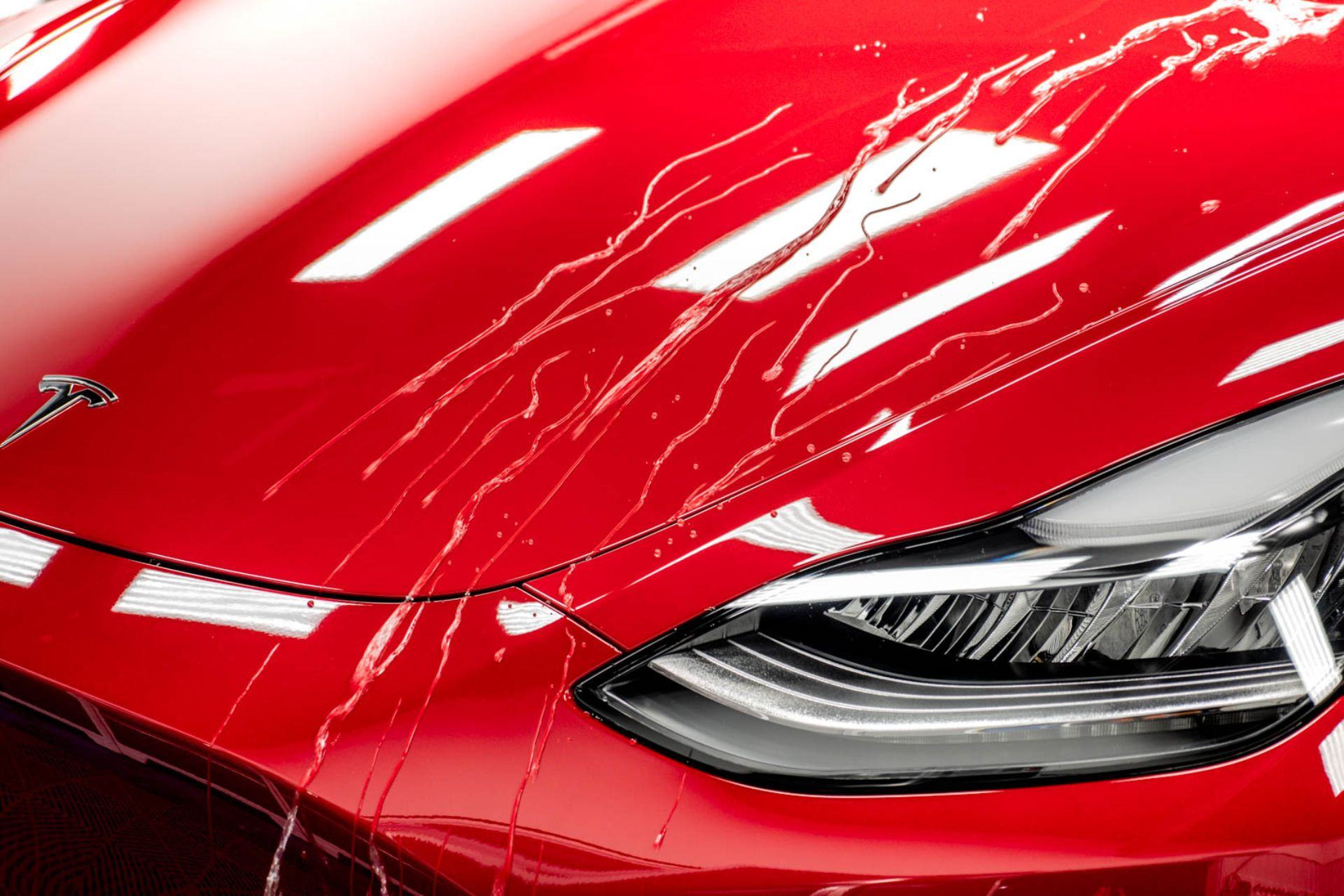Experience fast scratch repair Sarasota for a flawless vehicle finish.
Experience fast scratch repair Sarasota for a flawless vehicle finish.
Blog Article
A Comprehensive Overview to the Kinds Of Ceramic Finish on the Market
Ceramic finishings have actually emerged as a critical solution throughout numerous markets as a result of their one-of-a-kind properties and applications. From silica-based solutions understood for their effectiveness to crossbreed alternatives that merge numerous benefits, the options available can be overwhelming. Understanding the subtleties of each kind, including their certain advantages and suitable usage cases, is essential for making notified decisions. As we discover the distinctive qualities and applications of these layers, the implications for efficiency and long life end up being significantly obvious, questioning about which type may finest fit your needs.
Recognizing Ceramic Coatings
Ceramic coatings are advanced safety options that have actually gained popularity in numerous industries, specifically in auto and aerospace applications. These coverings contain a fluid polymer that, when treated, develops a long lasting, hydrophobic layer on the surface of the substrate. This layer offers improved resistance to environmental impurities, UV radiation, and chemical direct exposure, consequently prolonging the life and aesthetic charm of the underlying product.
The basic component of ceramic finishings is silica, which contributes to their hardness and longevity. The application procedure typically involves surface area preparation, application of the finishing, and healing, which can be achieved through heat or UV light. As soon as healed, ceramic coatings show exceptional bonding homes, enabling them to adhere highly to a variety of surface areas, including steels, plastics, and glass.
Along with their safety features, ceramic coverings additionally offer convenience of maintenance. Their hydrophobic nature decreases the adherence of dust and gunk, making cleaning less complex and less constant. Generally, the adoption of ceramic finishings represents a considerable development in surface area protection technology, giving both practical and visual benefits across multiple industries.
Kinds Of Ceramic Coatings
Numerous kinds of ceramic finishes are offered, each designed to satisfy certain efficiency needs and applications - Auto Detailing. The most typical kinds consist of:
Silica-based Coatings: These layers mainly contain silicon dioxide and are known for their toughness and chemical resistance. They are commonly made use of in automobile and industrial applications.
Titanium Dioxide Coatings: Renowned for their photocatalytic residential properties, titanium dioxide coverings are commonly applied in atmospheres where self-cleaning and antifungal residential properties are preferable, such as in building products and automobile finishes.
Zirconia Coatings: Characterized by their high-temperature stability and thermal resistance, zirconia finishings are utilized in applications such as wind turbine engines and high-performance vehicle parts.
Alumina Coatings: Exhibiting excellent hardness and thermal security, alumina finishes are regularly used in wear-resistant applications, consisting of reducing tools and commercial equipment. - Car Detailing
Hybrid Coatings: Incorporating the residential or commercial properties of various materials, hybrid coverings offer boosted efficiency qualities, making them suitable for special and demanding applications.
Each sort of ceramic covering serves unique functions, allowing customers to choose the most appropriate option based on certain ecological conditions and performance requirements.
Benefits of Ceramic Coatings
Coatings play an essential duty in boosting the performance and long life of surfaces throughout various industries. Ceramic layers, in specific, deal numerous advantages that make them increasingly preferred among producers and consumers alike. Among the primary benefits is their remarkable durability. These finishes are resistant to scratches, chemicals, and UV rays, ensuring that the underlying surface continues to be safeguarded over time.
In enhancement to durability, ceramic finishings supply excellent hydrophobic residential properties, permitting very easy cleaning and maintenance. This water-repellent nature reduces the adherence of dirt, gunk, and various other pollutants, which can extend the visual allure and capability of the surface area. Ceramic finishings can significantly improve thermal resistance, making them suitable for applications that sustain high temperature levels.

Application Process
When using ceramic coverings, a precise approach is crucial to attain optimum outcomes. Extra resources The application procedure normally begins with comprehensive surface area prep work. This entails washing, decontaminating, and polishing the surface area to eliminate all pollutants, including dirt, grease, and prior waxes or sealers. A tidy surface guarantees correct attachment of the layer.
As soon as the surface area is prepped, the following action is to apply the ceramic layer. This can be done using an applicator pad or a microfiber fabric, ensuring also coverage. It is vital to work in little areas to maintain control and stop early curing. The finishing must be used in thin layers, as thicker applications can result in unequal coatings.
After application, the finish needs a certain treating time, commonly varying from a couple of hours to a full day, depending on the item. Following these actions faithfully will take full advantage of the performance and long life of the ceramic finish, offering a sturdy safety layer for the surface area.
Maintenance and Longevity
To make certain the longevity and efficiency of a ceramic coating, routine upkeep is essential. Ceramic layers, known for their toughness and protective high qualities, call for specific care routines to maximize their life-span and efficiency.
In addition to normal cleaning, routine assessments are vital. Try to find indications of wear or damage, such as hydrophobic properties decreasing or surface flaws. If essential, a light gloss might be applied to invigorate the coating without stripping it away.
In addition, the application of a booster spray can boost the coating's hydrophobic results and recover its gloss. This is specifically valuable for coatings that have actually advice remained in use for an extensive period. Ultimately, by adhering to these maintenance practices, one can dramatically expand the life of a ceramic layer, ensuring that it remains to provide ideal security versus ecological factors and maintain the visual appeal of the weblink vehicle.
Conclusion

Report this page